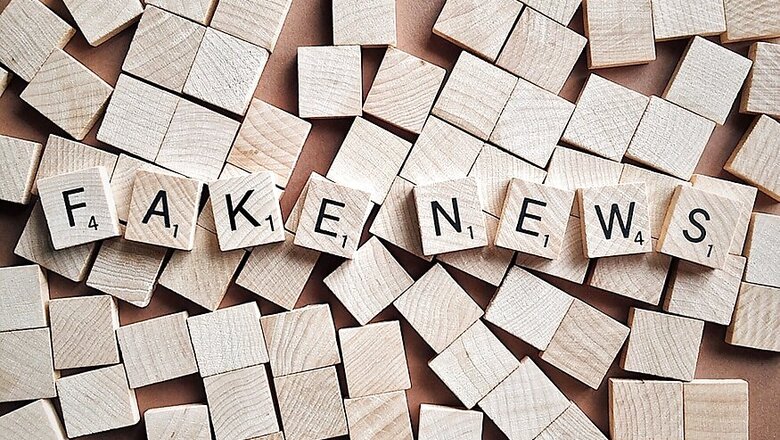
views
On March 28, the head of the IT cell of the BJP and a prominent English news channel both declared the dates of the Karnataka assembly elections several minutes before the CEC made the official announcement. Catastrophically for both, their dates turned out to be wrong.
BJP’s Amit Malviya hastily tried to cover his tracks, and the party itself pre-empted further damage by rushing to the EC to pin the blame on the news channel for ‘misleading’ their man. Funnily enough, the news channel itself never had to come clean on its own source.
The precedent set was quite damning – a leading news channel holding its own mysterious source to be sacrosanct and trustworthy enough to supersede the official announcement by the constitutional authority. It doesn’t matter whether the source was Malviya or someone else – and it couldn’t be from within the EC itself, otherwise the dates would have been correct – the fact remains that it was wrong, yet powerful enough to hoodwink an influential channel.
Seven days later, howls of protest erupted from the news fraternity when the I&B ministry mulled cancelling the accreditations of journalists found to be reporting fake news. The government was immediately, and perhaps fairly so, accused of trying to leash the press. The PMO intervened soon after, and the idea was scrapped. All of a sudden it seemed as if all was prim and proper within the news business again.
To believe that India’s broadcast media is free of fake news is to live in a fool’s paradise. TV channels have been caught airing blatantly fake reports which range from seemingly harmless to blatantly malicious, from laughable to repugnant.
An unhealthy cocktail of competition, pressure for ratings, and the compulsion to hook one’s viewers has resulted in rabid Whatsapp forwards and toxic social media posts worryingly make their way into prime-time television.
An argument can certainly be made of drawing a distinction between ‘fake news’ (that which is deliberately concocted to mislead) and ‘wrong news’ (that which is simple misreporting).
But using an unspoken ‘our bad’ as a fig leaf to cover up for the increasing instances of wrong news being broadcast only ends up undermining the credibility of the medium. Silently pulling wrong news off air (as the channel mentioned above did after the EC press conference) only leads to viewers scratching their heads in confusion, or being blissfully unaware of the truth.
The infiltration of fake news into broadcasts has only proved that the ‘self-censorship’ within the media is as anachronistic as attempts to censor the films we watch are. From manipulating ratings to leading agenda driven witch-hunts, the evidence overwhelmingly suggests that a collectively formulated code of conduct, with barely any checks or balances, cannot be solely relied upon to keep the fourth estate in check.
So, should the media surrender itself to the whims and fancies of political parties? Certainly not. But the undeniable need of the hour is a robust mechanism which acts as an effective watchdog for media hounds. It can be in the form of strengthening and restructuring the existing Press Council of India (which in its current form is toothless, print media-oriented and rarely, if ever, actually dishes out penalties), or the creation of a constitutionally appointed ombudsman which specifically monitors broadcast and digital media.
Critically, this body has to be empowered to be as dynamic as the medium it seeks to monitor and powerful enough to keep fake news spinners in check, while remaining fair and out of political control.
It’s about time the media be held up to the same standards of accountability it sets for politicians and bureaucrats. When we make a living out of seeking the ouster of corrupt and ineffective netas and babus, it’s only fair we are made to practice what we preach.

















Comments
0 comment